Cherry blossoms come to mind when you think about spring in Japan, but is that all? There are many other important events and holidays in March, April and May, also known as Japan’s spring months.
Table of Contents
- When is spring in Japan?
- Events and Japan Holidays in March
- Events and Japan Holidays in April
- Events and Japan Holidays in May
- Famous Spring Festivals in Japan
When is spring in Japan?
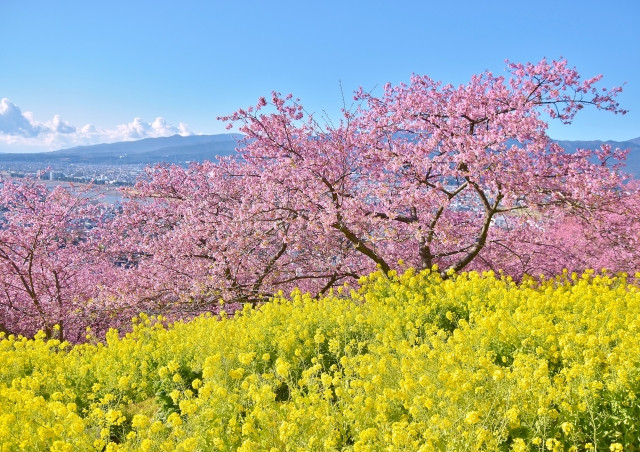
Japan is a country with four distinct seasons of spring, summer, autumn, and winter.
According to the Japan Meteorological Agency, the months for each season are:
- Spring in Japan is from March to May
- Summer is from June to August
- Autumn is from September to November
- Winter is from December to February
Though in actuality, the timing varies by region and the weather conditions of the year.
Below, we will introduce the events and holidays that are celebrated in Japan in the months of spring. Learn about Japanese culture and participate in unique Japanese traditions that accompany each event.
Writer's Pick
Events and Japan Holidays in March
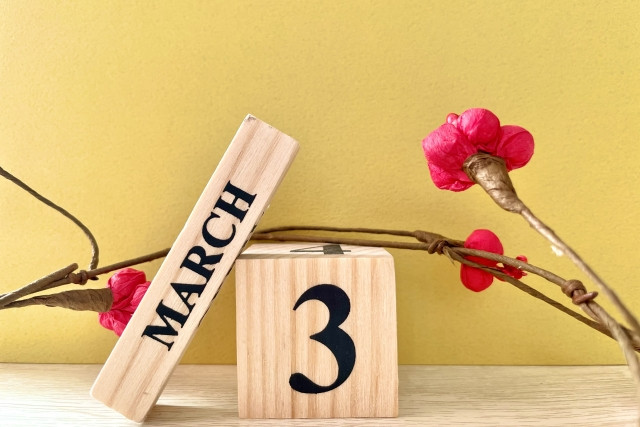
In this part, we will introduce the events and Japan holidays in March. There's Hinamatsuri to pray for young girls' health and happiness, White Day for men to reciprocate to Valentine's, and other important events.
Hinamatsuri - to pray for girls’ health and happiness

Hinamatsuri (ひな祭り) is held on March 3rd every year. It is known as Dolls Festival and Girls’ Day in English. The origins of Hinamatsuri is 上巳の節句 (Joshi no Sekku), an event to pray for good health and ward off evil sprits. It is also called 桃の節句 (Momo no Sekku) - Peach Festival as it coincides with the season when peach blossoms bloom.
The “Hina Dolls” displayed during Hinamatsuri represent a wedding ceremony, and are the very image of an ideal couple. The wish behind displaying these dolls is “May you have a happy marriage (like the Hina dolls)”. Originally, it was common for the mother’s side of the family to prepare the Hina dolls, but these days many families are moving away from these traditions by celebrating with miniature-sized dolls.
Auspicious foods such as chirashizushi, hinaarare, and hishi-mochi are eaten for Hinamatsuri.
Read all about Hinamatsuri, its origins, how to celebrate, food and drinks, and biggest Hinamatsuri festivals in Japan here.
White Day ~ to reciprocate for Valentine’s Day

On Valentine’s Day, February 14th, it is common for females in Japan to give chocolate to men. White Day (ホワイトデー, Howaito De-) is the day when men return the favour, and is held on March 14th every year. In addition to white-coloured sweets such as candy and marshmallows, many people also send practical items such as hand cream and room fragrances.
White Day is said to have originated in Japan, but is also celebrated in other parts of Asia such as South Korea and China.
Read about Valentine’s Day in Japan, how it began in Japan and the different types of Valentine’s chocolate and their meanings here.
Spring Equinoctial Week - a week to visit graves and honour ancestors

The period for Spring Equinoctial Week (春のお彼岸, Haru no O-Higan) is on Spring Equinox Day (around March 20th every year) and the three days before and after to a total of 7 days (1 week). Higan (彼岸) was originally a period of training to attain Buddhist enlightenment, but now is also considered a period to honour one’s ancestors by visiting graves and holding memorial services.
Common offerings include the deceased’s favourite food, as well as botamochi (red bean paste covered rice cake) and fruits.
What is Spring Equinox Day?
There are two days a year when the length of day and night are almost equal, this occurs in spring and autumn. The day this occurs in spring is called Spring Equinox Day (春分の日, Shunbun no Hi), and when in autumn is called Autumn Equinox Day (秋分の日, Shuubun no Hi).
In Japan, both Spring and Autumn Equinox Days are national holidays. Spring Equinox Day in particular is considered to be “a day to celebrate nature and care for living things”.
Therefore, on Spring Equinox Day, it is said that it is better to eat Shoujin Ryouri (精進料理) - vegetarian cuisine derived from dietary restrictions of Buddhist monks. Sekihan (赤飯) - red bean rice, higan soba, bamboo shoots, rape blossoms, and other seasonal vegetables are also enjoyed.
Graduation Ceremony - to the next stage of life
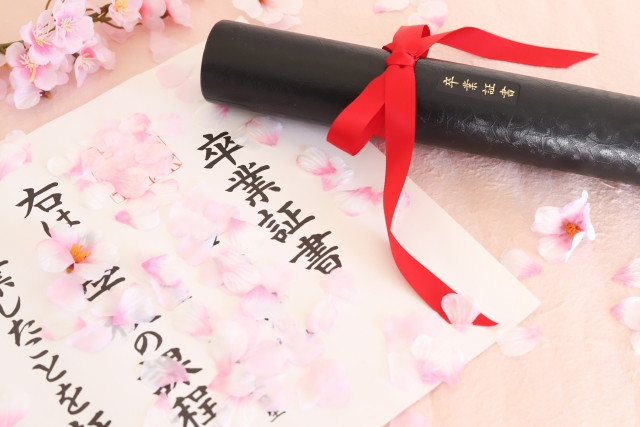
School years in Japan start in April and end in March. This system is said to have been introduced in the Meiji era to coincide with the national fiscal year. However, since there are many countries around the world that enrol students in September, there are Japanese schools that are considering, or have already introduced, September enrolment in consideration of globalisation.
In addition to school uniforms, suits and dresses, many people also wear Hakama (袴), traditional Japanese clothing of skirt-like pants worn with a Kimono top, at graduation ceremonies.
Hanami - to celebrate the arrival of spring

Hanami (花見) - cherry blossom viewing culture in Japan has a long rooted history. Everyone enjoys it in their own way, such as having a picnic under the cherry blossoms, or enjoying a walk or cycling while looking at them. At some cherry blossom viewing spots, festivals are held where you can enjoy food sold at stalls. While, some places have the cherry blossom trees illuminated at night.
The timing that cherry blossoms start to bloom and reach full bloom depend on various factors including cherry blossom type, region in Japan, and climate. Therefore, be sure to check the cherry blossom forecast and information for the area in advance.
Read about Hanami culture’s origins and significance in Japan, how to do Hanami, how to prepare for Hanami, what Hanami foods there are to enjoy, and best Hanami spots in Japan here.
Events and Japan Holidays in April
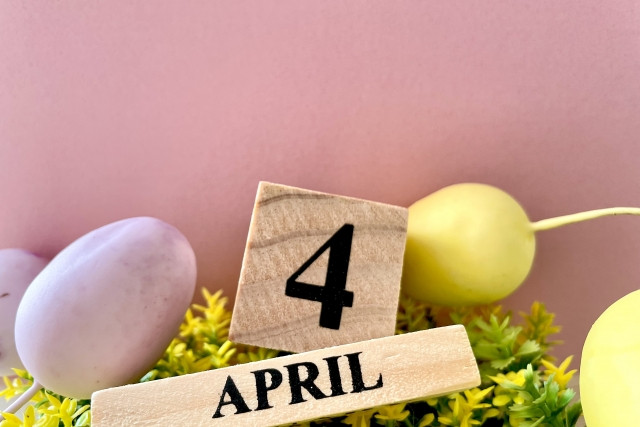
In this part, we will introduce celebrations and Japan holidays in April. There are Western influenced celebrations like April Fool's and Easter, as well as traditional and religious events.
April Fool’s Day - to pull a prank on someone
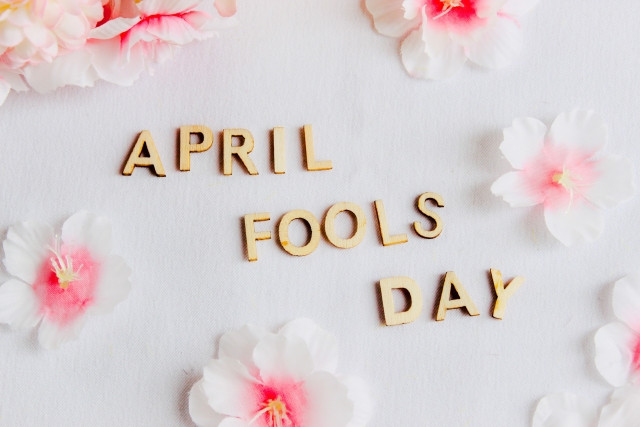
April Fool’s Day on April 1st, the saying in Japan about April Fool’s goes「嘘をついても良い日 (Uso wo tsuitemo yoi hi)」, or “ day when it’s okay to lie”. There are various theories as to where and when it began, but it is said that it was introduced to Japan from Europe and America during the Taisho era.
Even though people say “it’s okay to lie”, the true way to enjoy April Fool’s Day is to make people laugh with lies, pranks, and jokes rather than hurting or embarrassing someone. Japanese companies enjoy releasing “prank products” on their social media on April Fool’s Day. The rule that “you can only lie in the morning” that is growing popular in Japan seems to have originated from England.
Entrance Ceremony - to a new beginning
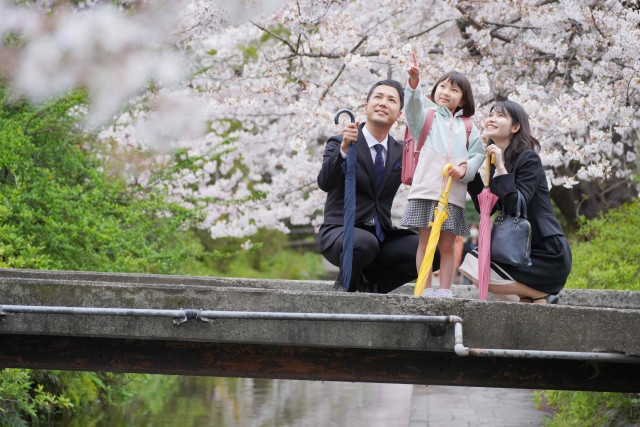
In Japan, the fiscal year starts from April 1st, so school entrance ceremonies (入学式, Nyuugakushiki) and company welcoming ceremonies (入社式, Nyuushashiki) are held in April. There is excitement for new beginnings, but also anxiousness. If you know someone who is struggling in a new environment, do offer your support and encouragement.
It is common for students to wear school uniforms, suits or dresses to kindergarten and school entrance ceremonies, but at university entrance ceremonies, both men and women seem to wear suits. For company welcoming ceremonies, suits are standard. Even if you are allowed to wear casual clothing, avoid jeans and the like which are overly casual, and stick to business casual.
What grade in school for those born on April 1st?
In Japan, children between April 2nd to April 1st of the following year are put in the same grade.
This is according to the School Education Act (学校教育法) that stipulates that the age at which a child can attend elementary school from the beginning of the first school year on, or after the day the child reaches the age of six. Furthermore, the law regarding age states that regardless of time of birth, a person becomes one year older at the end of the day before his/her birthday.
Therefore, people born on April 1st will grow one year older at 12pm on March 31st, so they can enrol from April 1st.
※ Ministry of Education, Culture, Sports, Science and Technology Japan, “4. 4月1日生まれの児童生徒の学年について”
Hanamatsuri (Vesak, Buddha’s Birthday Festival) - to celebrate Buddha’s birthday
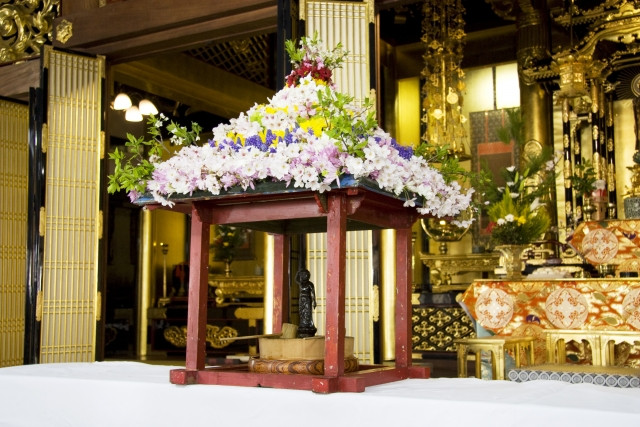
April 8th is Buddha’s birthday, and the Buddhist event to celebrate it is Kanbutsue (灌仏会). It is generally called Hanamatsuri (花まつり), aka Flower Festival, and has been an important celebration to Buddhists and Buddhist schools for a long time. Some temples hold it on May 8th, which is closer to April 8th in the Lunar calendar.
At the temple, a Hanamido (花御堂), a pavilion decorated with flowers, is prepared and a Buddha statue representing Buddha during his birth is displayed there. Worshippers bathe the Buddha statue with hydrangea tea (甘茶, amacha) to celebrate His birth and pray for good health. There is also a belief that drinking the hydrangea tea will make you immortal, so make sure to try it if you are served some.
Is Easter celebrated in Japan?
Easter is a Christian holiday that celebrates the resurrection of Christ. In Japan, it is also called 復活祭 (Fukkatsusai) that translates to “Resurrection Festival”.
Easter is also strongly associated with eggs and rabbits. Colourfully painted Easter Eggs are symbols of birth and resurrection of life, and Easter Bunnies are symbols of fertility.
Although Easter is not yet a major event in Japan, there are theme parks that hold Easter events and gardens that have Easter decorations, so be sure to check them out.
Juusan Mairi - to celebrate turning 13 years old
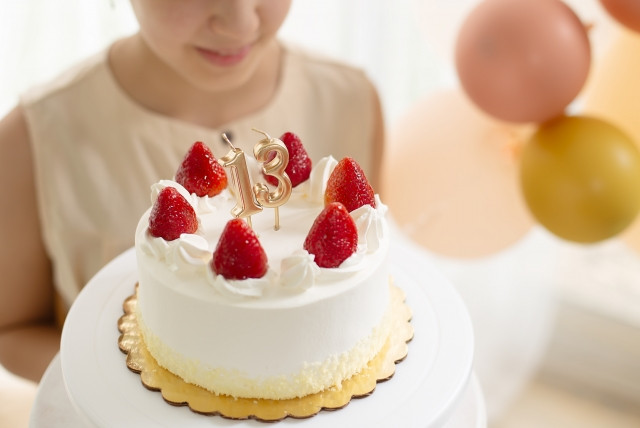
Juusan Mairi (十三参り) is said to have originated from a ritual held at Horinji Temple (法輪寺) in Kyoto, and is an event that has become popular with the Kansai region as its centre. Young people celebrate their 13th birthday by visiting shrines and temples. The timing for Juusan Mairi is around April 13th (March 13th in the Lunar calendar), but these days many people go for prayers during spring break before the start of the new school year or Golden Week.
In olden days, 13 years old (based on Kazoedoshi) was thought to be the age that children enter the ranks of adults, so on Juusan Mairi, gratitude is expressed for the healthy growth of children and prayers for them to become fine adults. In addition, the age of 13 is the first time in a person’s life that the zodiac has completed one cycle, which makes it a bad year, so Juusan Mairi is also held to ward off bad luck.
Kimono is commonly worn for Juusan Mairi, but if you are unable to prepare one, then suits, dresses or school uniforms (considered formal wear in Japan) are also acceptable. The period for Juusan Mairi varies depending on the shrine or temple, so be sure to check in advance.
What is Kazoedoshi?
Kazoedoshi (数え年) is the traditional system of age reckoning. The day you are born, you are considered one year old, and every January 1st from thereon, you become one year older. It is hardly used these days except for traditional events such as Juusan Mairi, Shichi-Go-San, longevity celebrations, and exorcisms.
Events and Japan Holidays in May
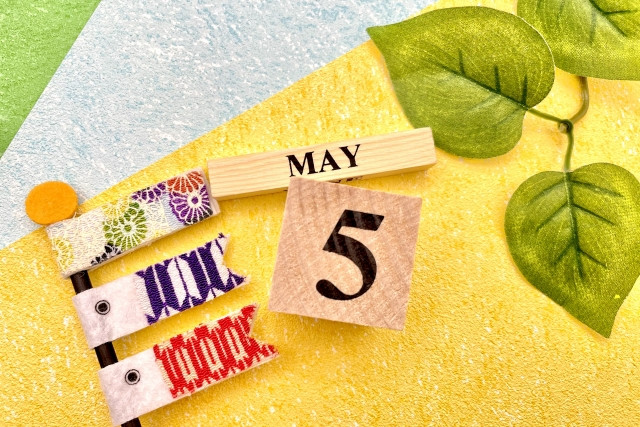
In this part, we introduce important events and Japan holidays in May including the highly anticipated Golden Week. Other celebrations include Tango no Sekku to pray for young boys' and Mother's Day to show appreciation for mothers.
Golden Week (GW) - to catch a break from daily life
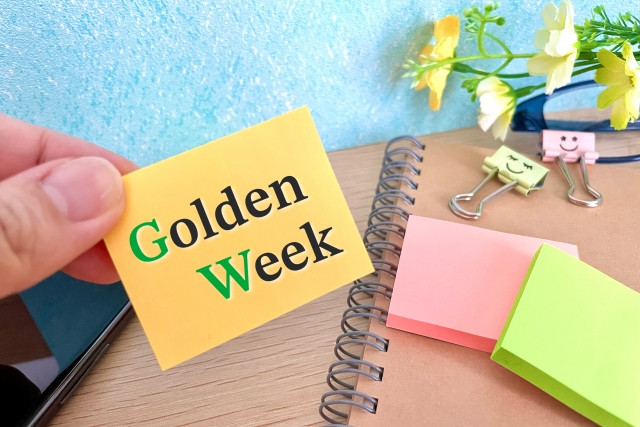
From the end of April to the beginning of May, there is a long period of holiday formed by several overlapping national holidays, and is called “Golden Week”. During Golden Week, many people go travelling or return to their hometowns. Everywhere will be much more crowded than usual, so be sure to check traffic conditions before heading out.
The national holidays that make up Golden Week are Showa Day (April 29th), Constitution Memorial Day (May 3rd), Greenery Day (May 4th), and Children’s Day (May 5th).
Read all about Golden Week and each of the national holidays’ significance here. Also, find out the Golden Week dates for this year and next year.
Tango no Sekku - to pray for the health and development of boys
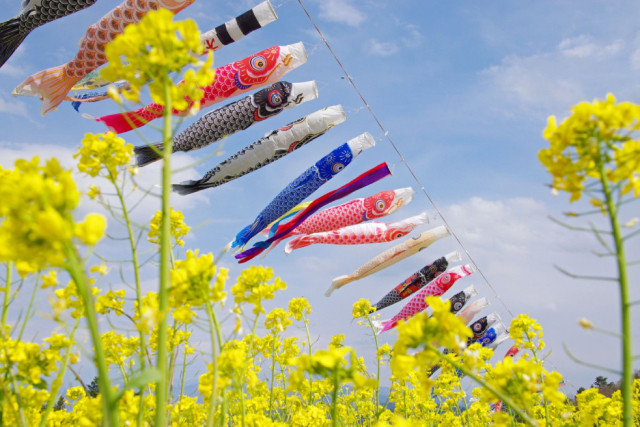
Tango no Sekku (端午の節句), aka Boys’ Day, held on May 5th every year, is a traditional event to pray for boys’ growth and fortunes of war. It is said to have spread from samurai societies to the common people during the Edo period. It used to be common to display May Dolls (五月人形, Gogatsu Ningyou) dressed in armour and helmets, as well as string up carp streamers (鯉のぼり, Koinobori), but these days most families celebrate with miniature or simple times.
Typical foods eaten during Tango no Sekku include kashiwa-mochi that carries the meaning of “prosperity of descendants”, and chimaki which can ward off evil spirits and illness. Also recommended are bamboo shoot dishes that signify growing up straight and tall, and good luck pun bonito and sea bream dishes.
- Bonito = Katsuo in Japanese; Katsuo = Katsu Otoko (Winner + Man)
- Sea Bream = Tai in Japanese; Medetai = Auspicious
What about Children’s Day?
May 5th is also a national holiday for Children’s Day (こどもの日, Kodomo no Hi). It is a day to pray for the healthy growth and happiness of children regardless of gender. Also, though not many people know about it, Children’s Day is a day to express gratitude to mothers. Let’s celebrate together and wish for the health and happiness of mothers and children on Children’s Day.
Read all about Tango no Sekku / Children’s Day / Boys’ Day, its origins, what foods, traditions and decorations are used to celebrate, and special events across Japan here.
Mother’s Day - to express gratitude to mothers
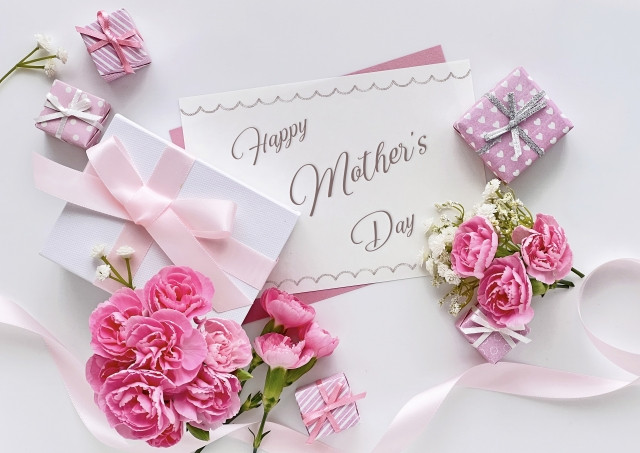
The second Sunday of May every year is Mother’s Day (母の日, Haha no Hi). Mother’s Day, a celebration that has spread all over the world, is said to have originated in the United States. It has become established in Japan as a day to express gratitude to mothers.
The standard gift for Mother’s Day is a flower, or flowers, such as red carnations that mean “Love to Mom”. Practical items such as aprons, kitchen tools, and cosmetics are also given.
What about Father’s Day?
The third Sunday in June is Father’s Day in Japan. Like Mother’s Day, it is said to have been introduced from the United States. Yellow roses are the standard gift for Father’s Day, but many people also send practical items such as ties and dress shirts for work. Alcoholic beverages and snacks that go well with alcohol are also given.
Clam Digging - to go “clam-digging”, a seasonal word for spring
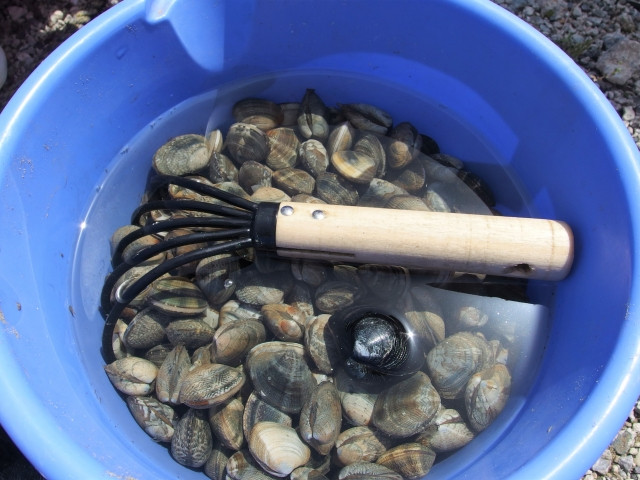
Clam Digging (潮干狩り, Shiohigari) is gathering of clams and other types of shellfish from tidelands at low tide. Although the timing varies depending on the region, the best season for clam digging is from around spring equinox in March to Golden Week.
Types of clams that can be gathered include Japanese little neck clams (アサリ, Asari), common orient clams (ハマグリ, hamaguri), razor clams (マテ貝, mategai), etc. There’s only around two hours of low tide time to complete the “time challenge”.
Wear clothes you don’t mind dirtying, a towel, and boots. You may also want to bring a hat and sunglasses for sun protection. Tools you’ll need are a rake, bucket, cooler box, ice, and ice packs. You can easily get these items at 100 Yen shops.
There are dedicated places where you can go clam digging, some for free and some for a fee. Clams and shellfish are kept at paid places, so it is easier to find clams, and tool rental may be available. Be sure to check information in advance, be careful of heatstroke and drowning accidents (look out for young children), and have fun.
Famous Spring Festivals in Japan
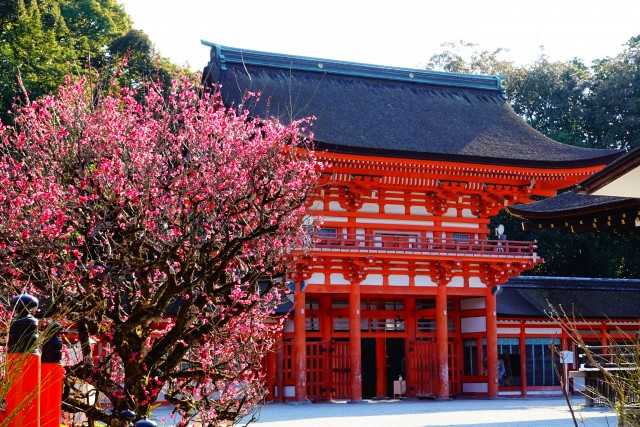
[Kyoto] Aoi Festival (Kamo Festival)
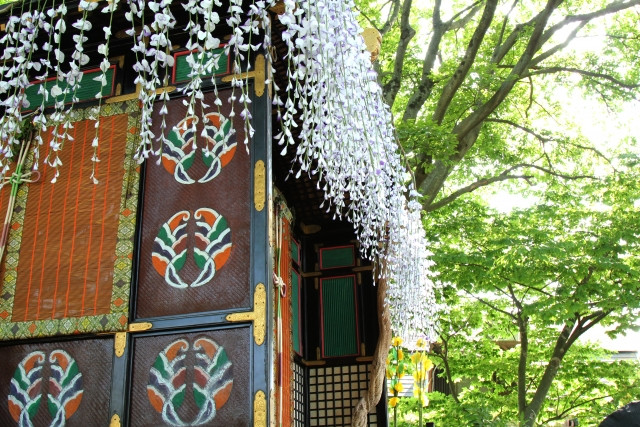
The Aoi Festival (葵祭, Aoi Matsuri) is one of Kyoto’s Three Major Festivals (京都三大祭り) alongside Gion Festival and Jidai Festival. It is also known as Kamo Festival (賀茂祭, Kamo Matsuri). The Aoi Festival is held every May 15th at Shimogamo Shrine (下鴨神社) (formal name: Kamomiyage Shrine, 賀茂御祖神社) and Kamigamo Shrine (上賀茂神社) (formal name: Kamowakeikazuchi Shrine, 賀茂別雷神社).
A festival with a long history, it has been held for around 1500 years. The highlight of the festival is a procession of people wearing Heian era costumes parading down Kyoto’s main streets. For the best view, and to take your time enjoying the parade, we recommend getting paid seats.
※ Kamigamo Shrine, “Kamo Festival”
[Tokyo] Kanda Festival
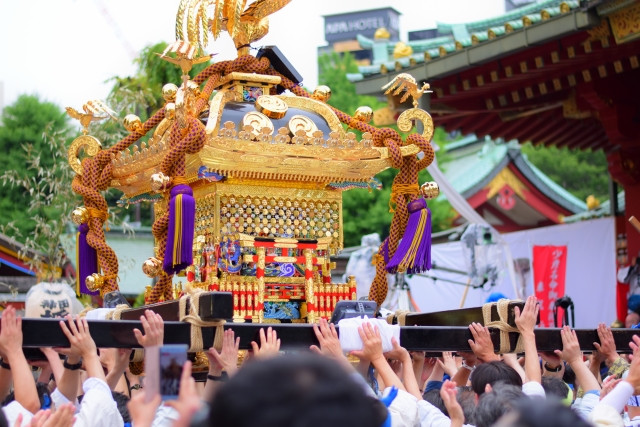
The Kanda Festival (神田祭, Kanda Matsuri) is one of Japan’s Three Great Festivals (日本三大祭り) alongside Gion Festival (Nara) and Tenjin Festival (Osaka). It is held once every two years for around a week in mid-May at Kanda Shrine (神田明神, Kanda Myojin) in Tokyo.
In a ceremony called the Shinko Festival (神幸祭, Shinkousai), a procession of people wearing Heian era costumes parade through the city, similar to the Aoi Festival. But in the Kanda Festival, the parade passes through streets lined with modern skyscrapers, such as Akihabara, Nihonbashi and Marunouchi.
Another highlight of the festival is the ceremony called Mikoshi Miyairi (神輿宮入), which is held the day after the Shinko Festival, is a lively scene wherein a group of men carry Mikoshi (portable shrines) and head towards Kanji Myojin Shrine.
To Close

There are many important events and holidays in spring in Japan, including events to pray for children, events to honour ancestors, and more. Also, since spring is the time of new beginnings, it is also a season of farewells and encounters. In addition to cherry blossom viewing, try participating in traditional Japanese events and holidays.


































